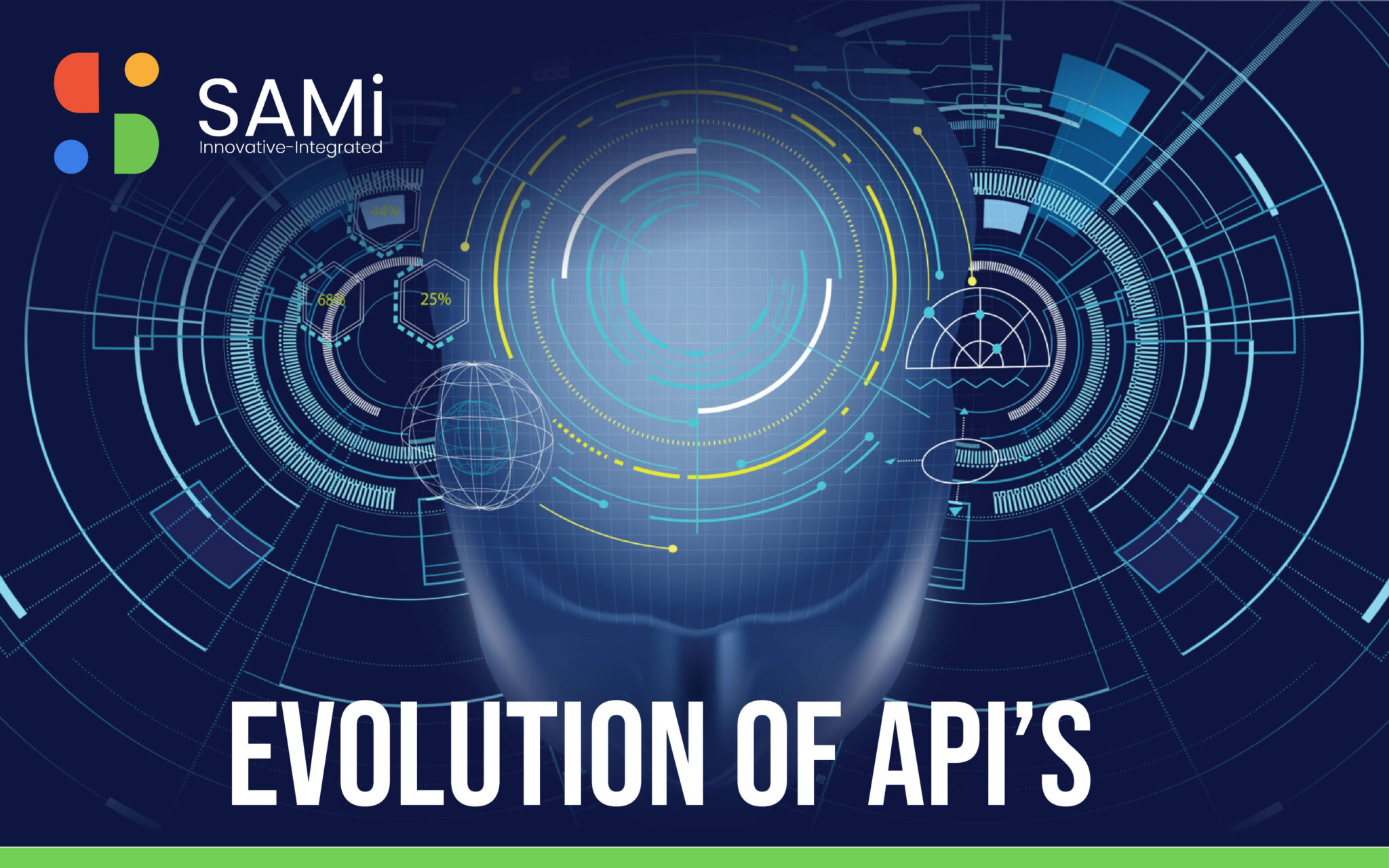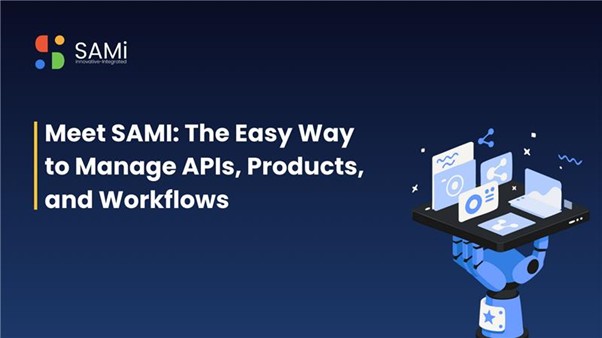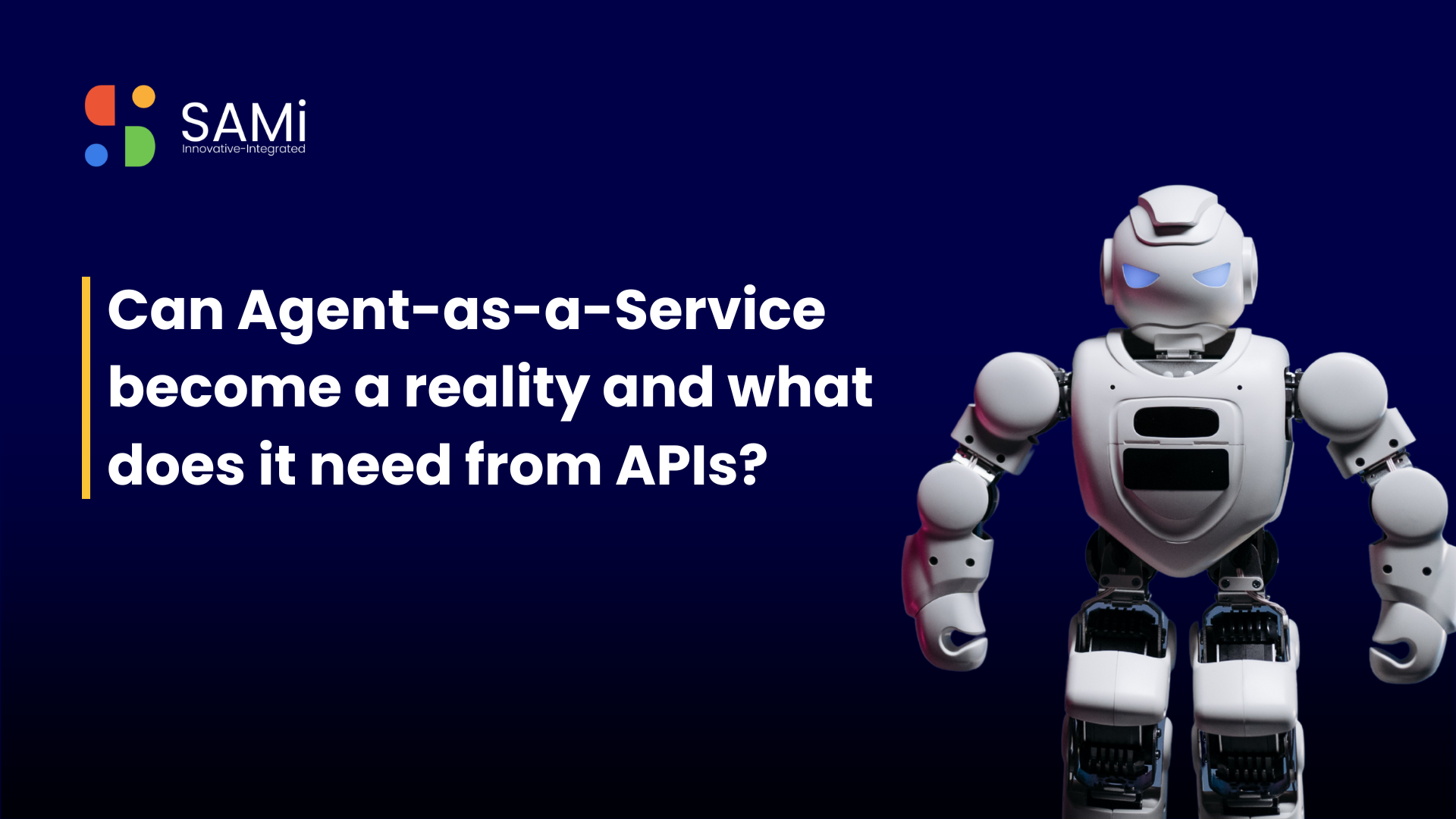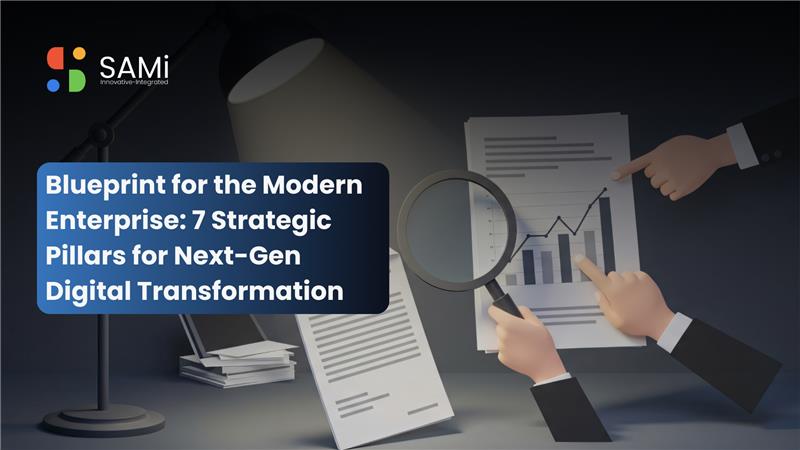The evolution of APIs (Application Programming Interfaces) has been shaped by the changing needs and advancements in technology over the years. The following is a brief overview of the evolution of APIs:
Early APIs (1960s-1980s):
The earliest APIs were used for communication between operating systems and provided low-level access to system resources such as input/output and memory allocation. These APIs were limited by the capabilities of the underlying hardware and were typically used for simple functions.
Best Practices:
- Use simple, clear, and concise interfaces to communicate with system resources.
- Limit the number of calls to system resources to avoid performance issues.
- Use standard interfaces and protocols, where possible, to ensure compatibility and interoperability.
Limitations:
- Early APIs provided limited functionality and were limited by the capabilities of the underlying hardware.
- The use of proprietary protocols and data formats made it difficult for different systems to communicate with each other.
- The lack of standardization in the API design and implementation process led to inconsistencies and compatibility issues.
Remote Procedure Calls (RPCs) (1980s-1990s):
The advent of distributed computing brought about the use of Remote Procedure Calls (RPCs), which allowed programs running on different computers to communicate and exchange data. RPCs provided a high-level interface for remote communication and paved the way for the development of web services.
Best Practices:
- Use a standard for defining the API, such as XML-RPC or JSON-RPC.
- Ensure the API is secure by using encryption and authentication mechanisms.
- Use versioning to allow for backward compatibility and prevent breaking changes from affecting existing clients.
Limitations:
- The use of proprietary protocols and data formats made it difficult for different systems to communicate with each other.
- The lack of standardization in the API design and implementation process led to inconsistencies and compatibility issues.
Web Services (1990s-2000s):
The introduction of the World Wide Web and the growth of the Internet led to the development of web services. Web services used XML and HTTP to communicate and exchange data and provided a standard interface for distributed computing.
Best Practices:
- Use a standard for defining the API, such as SOAP or XML.
- Ensure the API is secure by using encryption and authentication mechanisms.
- Use versioning to allow for backward compatibility and prevent breaking changes from affecting existing clients.
Limitations:
- The use of XML and other complex data formats made it difficult to develop and consume web services.
- The lack of standardization in the API design and implementation process led to inconsistencies and compatibility issues.
Representational State Transfer (REST) (2000s-2010s):
The popularity of RESTful APIs increased in the early 2000s, as they provided a lightweight and flexible alternative to web services. REST APIs use HTTP methods and standard URLs to exchange data and do not require the use of XML or other complex data formats.
Best Practices:
- Use HTTP methods (GET, POST, PUT, DELETE, etc.) to define the operations available in the API.
- Use standard URLs to identify resources and allow for easy discovery and documentation.
- Use JSON or XML data formats for exchanging data.
- Ensure the API is secure by using encryption and authentication mechanisms.
- Use versioning to allow for backward compatibility and prevent breaking changes from affecting existing clients.
Limitations:
- REST APIs can be difficult to implement and maintain, especially for complex or high-performance applications.
- The use of standard HTTP methods and URLs can make it difficult to define complex operations or data relationships.
Microservices (2010s-present):
The growing need for scalable and flexible systems led to the development of microservices, which are small, independent, and modular components that can be deployed and managed independently. APIs play a critical role in communication between microservices, allowing for the creation of complex systems using a collection of loosely-coupled components.
Best Practices:
- Design each microservice to be independent and self-contained, with its own database and APIs.
- Use APIs to define the contracts between microservices and ensure loose coupling
Limitations:
- Complexity: Microservices can increase the overall complexity of a system by introducing a large number of components and dependencies. This can make it difficult to manage, monitor, and test the system, especially for larger and more complex systems.
- Testing and Debugging: With a large number of microservices, testing and debugging can become more complex and time-consuming. It can also be difficult to diagnose and resolve issues that span multiple microservices.
- Inter-service Communication: Inter-service communication is critical for microservices to work together, but it can also become a bottleneck and cause performance issues if not properly managed.
- Deployment: The deployment of microservices can be complex, especially in large and complex systems where there are many dependencies between microservices.
- Security: Microservices can pose a security risk if not properly secured, as a vulnerability in one service can affect the entire system. Additionally, securing inter-service communication can also be challenging.
- Data Consistency: Ensuring data consistency between microservices can be challenging, especially in large and complex systems with many dependencies.
- Integration: Integrating microservices into an existing system can be complex, especially if the system was not designed with microservices in mind.
- Monitoring and Management: Monitoring and managing microservices can be challenging, especially in large and complex systems. It can also be difficult to diagnose and resolve issues that span multiple microservices.
GraphQL (2015-present):
GraphQL is a query language and runtime for APIs that was developed by Facebook. It provides a more flexible and efficient alternative to REST APIs, allowing for the retrieval of exactly the data that is needed in a single request.
Best Practices:
- Schema-first approach: Defining a schema upfront helps ensure that the data structure is well-defined, consistent, and properly documented.
- Strong typing: GraphQL has strong typing capabilities, making it easier to catch errors early and ensure data consistency.
- Minimal over-fetching or under-fetching of data: With GraphQL, clients can specify exactly what data they need, reducing the amount of unnecessary data transferred.
- Single endpoint: GraphQL allows multiple queries to be sent over a single endpoint, reducing the number of network round trips.
- Performance: GraphQL can improve performance by reducing the amount of unnecessary data transferred.
Limitations:
- Learning curve: The syntax and concepts of GraphQL can be challenging to learn, especially for developers with little experience in APIs.
- Security: GraphQL requires careful consideration of security issues, such as the risk of injection attacks.
- Tooling: Although the GraphQL ecosystem is growing, there may still be a lack of tools and resources compared to other API technologies.
- Latency: In some cases, GraphQL may introduce additional latency due to its query execution process.
- Caching: Caching strategies for GraphQL may be more complex than for traditional REST APIs.
- Debugging: Debugging GraphQL can be more challenging than other API technologies, especially for complex queries and large schemas.
AI-powered APIs (2010s-present):
With the growth of artificial intelligence and machine learning, APIs have been developed to provide access to AI-powered services and functionality, such as image recognition, natural language processing, and predictive analytics.
Best Practices:
- Choose the right use case: AI-powered APIs are best suited for use cases that require complex decision-making or predictive capabilities.
- Quality training data: The accuracy of the AI models is dependent on the quality of the training data. Care should be taken to ensure that the training data is representative and unbiased.
- Validate and monitor the models: It’s important to validate and monitor the performance of the AI models to ensure that they continue to perform well and to identify any issues or biases in the data.
- Properly secure the data: AI-powered APIs often use sensitive data, such as personal or financial information. Care should be taken to ensure that the data is secure and properly protected.
Limitations:
- Bias: AI models can reflect and amplify biases in the training data, leading to incorrect or unfair results.
- Explainability: AI-powered APIs can be opaque and difficult to understand, making it difficult to determine how a decision was made or to correct errors.
- Data quality: The accuracy of the AI models is dependent on the quality of the training data, and poor quality data can lead to incorrect results.
- Performance: AI-powered APIs can be computationally intensive, requiring significant resources and time to train and deploy.
- Regulation: AI-powered APIs may be subject to additional regulations and legal requirements, such as data privacy and protection laws.
In conclusion, the evolution of APIs has been driven by the changing needs and advancements in technology. APIs continue to play a critical role in enabling communication and data exchange between different systems and services, and the development of new technologies is likely to bring about further evolution and innovation in the field.





